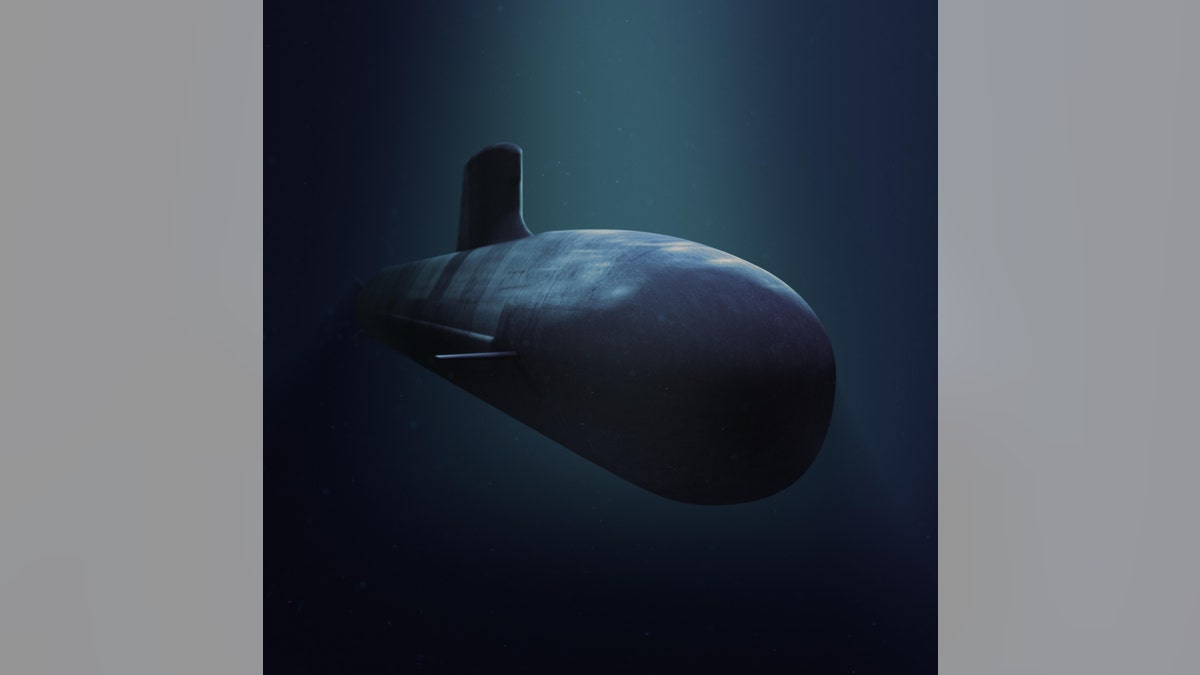
(DCNS)
A key ally to the United States, Australia, is ramping up their military might with $39 billion in futuristic submarines.
Mega stealth, ultra state of the art and jam-packed with advanced next-gen tech and weaponry…this new fleet of submarines will bring decisive power to any fight.
Related: 'Sea Hunter': World's first unmanned ship stalks subs
French company DCNS is developing the new, cutting-edge Shortfin Barracuda Block 1A submarine for the Royal Australian Navy. The project will be a collaboration between Australia and France- but the United States is also expected to play a vital role.
DCNS will be leveraging the state-of-the-art technology originally created for its big brother - the French Navy’s Barracuda attack submarine.
The powerful French subs are aptly named after the Barracuda fish that tends to incite fear with its large size and scary predatory look. Rapid and powerful, it is a smart, formidable hunter known to deploy clever tactics like working together to drive fish into shallow water and trap them.
Naturally lean and stealthy, barracudas excel at stalking targets hidden from their sight until they strike – just like these mega stealth submarines.
Why is the new sub called Shortfin Barracuda? Shortfins are native to Australia’s Great Barrier Reef.
And while many details remain confidential and shrouded in secrecy, DCNS, France and Australia have revealed some key elements. Here’s what we know…
Missions
Capable of conducting missions for about 80 days straight, a crew of 60 sub- and possibly more than 20 Special Operations Operators - will be able to fit into the approximately 320 foot long sub.
The big brother Barracuda design has a hatch that can hold up to eight Special Operations Operators for insertion and extraction missions. It is likely that the Shortfin will include a similar vital feature.
The Shortfin can deep dive to depths of 1150 feet and when it dives, it displaces more than 4,000 tons.
Speed and Propulsion
The Shortfin Barracuda has a top speed of more than 20 knots - that’s 23 miles per hour.
To reach these speeds and range, the Shortfin Barracuda relies on modern propulsion. The sub’s pump jet propulsion replaces the old school obsolete propeller tech found on many fleets around the world.
The French version is nuclear powered, however Australia has opted for diesel-electric propulsion. Shortfin’s hydroplanes will be able to retract and this plays a role in helping to reduce both drag and noise; The quieter the sub, the harder it is for bad guys to find it.
Related: Drone ships are now coming to the open ocean thanks to the US Navy
During operations, the new sub can cover 18,000 nautical miles at 10 knots or 11.5 mph and this will be particularly useful for Australia’s patrolling of vast ocean distances.
Stealth
One of the key features is the Shortfin Barracuda’s stealth capability. Shortfin will leverage state-of-the-art tech that dramatically reduces signature.
In a rather landmark decision, France is offering Australia access to their advanced-stealth tech designed for their top-tier subs like the nuclear-powered general-purpose attack submarines and their ballistic missile submarines.
Weapons
Australia’s Defence Force could deploy the Shortfins as intelligence-gathering platforms, but also as a forceful deterrent that stealthily patrols vast distances armed with state of the art weapons systems.
The Shortfin weaponry could include French heavyweight DCNS’s F21 torpedoes and sea mines. In terms of missiles, it could also be armed with French DCNS’s Exocets (Flying Fish) to launch against ships. It could also be armed with DCNS’s A3SMs to defend against air threats from aircraft like helicopters and drones.
But it is also expected that The United States will also play a role in Australia’s new subs, particularly in providing weapons and integrated combat systems.
DCNS asserts that the Shortfin Barracuda will also be equipped with the world’s most powerful sonar ever produced for a conventional submarine.
Related: DARPA's unmanned sub-hunter set to revolutionize naval warfare
The Shortfin Barracuda will replace several Australian Navy Collins subs that will reach retirement age in about a decade. During the selection process, the Shortfin beat out Japan's Soryu-class and German firm TKMS' Type-216.
To ensure the sub stays at the cutting-edge across the board throughout its service life, there are quick-access tech insert hatches in its design. As tech evolves during the sub’s time in service, Australia can use the hatches to add the latest tech and upgrade the sub’s capabilities.
The Collins will need to stay in service for another several years until the Shortfins are ready. The Shortfins are expected to be operational in the early 2030s.




















